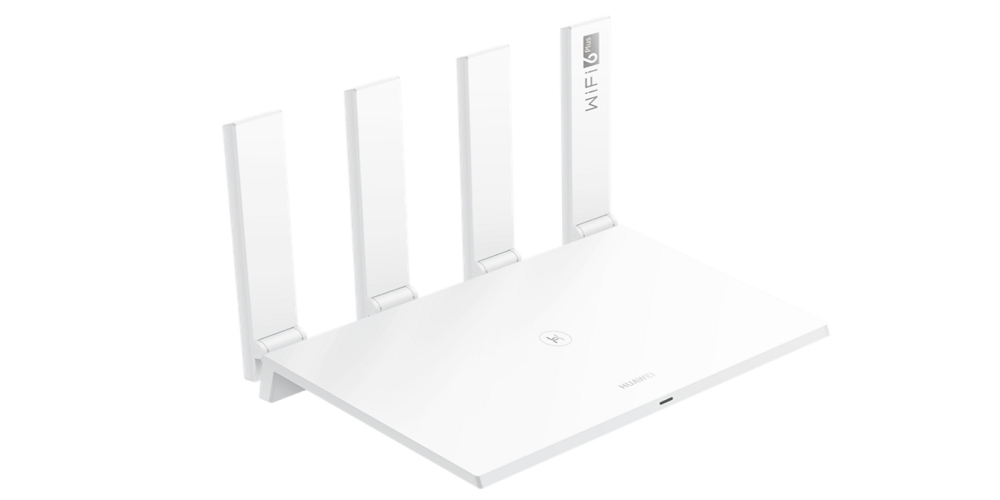Is a 4K TV Worth the Investment in 2025?
Considering the rapid advancements in technology and content delivery, 4K TVs have become a pivotal choice for many households. With prices becoming more competitive, evaluating whether a 4K TV is a worthy investment for 2025 is crucial for those wanting the best viewing experience. Consumers must weigh improved picture quality and additional features against the practicalities of 4K content availability and compatibility with existing gadgets. Understanding the nuances of 4K technology can guide buyers in making an informed decision. Let’s dive into the benefits and considerations to truly see if upgrading to a 4K TV aligns with your entertainment needs.

Benefits of Upgrading to a 4K TV
Enhanced Picture Quality
4K TVs provide exceptional picture quality. The resolution boasts over eight million pixels, delivering an incredibly detailed image compared to 1080p Full HD TVs. You notice sharper text, finer details in wildlife documentaries, and expressions in movies are more intense. This translates to a more lifelike viewing experience where viewers can see the beads of sweat on an athlete’s face or the delicate details in a piece of art. Furthermore, sitting closer to a large screen TV without noticing the pixilation is a welcome change, which enhances viewing pleasure in smaller rooms. Manufacturers continuously enhance performance, ensuring that 4K TVs provide crisp visuals that captivate and engage.
Wider Color Gamut and HDR Support
Another reason to consider upgrading to a 4K TV is the inclusion of a wider color gamut and HDR (High Dynamic Range) support. These improvements provide more vibrant colors, along with higher contrast between the darkest blacks and brightest whites. HDR enhances the subtleties of color and brightness levels present in a 4K video, resulting in a more immersive visual experience. The vibrant reds and nuanced shadows you see in an HDR-enabled 4K TV create an impressive, dynamic image, unlike anything you’ve seen on a standard HD television. Coupling this with Dolby Vision or HDR10, the picture quality experience remains unparalleled, delighting cinephiles and casual viewers alike with its image depth and realism.
Improved Gaming Experience
Gamers are among the primary beneficiaries of 4K TVs. Enhanced refresh rates and technologies like variable refresh rate (VRR) and auto low latency mode (ALLM) ensure smoother gameplay and reduced input lag on compatible gaming consoles. This advancement enables a visually stunning and responsive gaming environment, providing an edge in competitive esports scenarios where millisecond counts. Games designed for 4K come alive with vivid environments and realistic textures, ensuring each session is unforgettable. Furthermore, future gaming consoles promise even greater compatibility with 4K enhancements, making the 4K TV an intelligent choice for avid gamers.

Factors to Consider Before Making the Switch
Content Availability in 4K
While many movies, series, and games are available in 4K, not all content utilizes this resolution. Many streaming sites offer 4K options, but a suitable subscription plan is often necessary. It’s wise to research if your favorite shows or sports events are available in 4K and verify if your streaming services support it. In parallel, physical media like 4K UHD Blu-rays provide guaranteed quality and are progressively growing their title collections. Content providers are expanding 4K libraries, but being aware of your viewing habits will determine the value you derive from a 4K TV.
Internet Bandwidth Requirements
To stream 4K content, you need a strong internet connection. Typically, a stable connection with at least 25 Mbps speed is recommended by most streaming services. For households with multiple devices streaming simultaneously, higher speed packages ensure smooth viewing without buffering. Checking your current bandwidth and considering an upgrade, if required, will help optimize your viewing experience. Other solutions include wired connections, which can ensure a more stable feed as opposed to relying solely on Wi-Fi, particularly useful in homes with many users online simultaneously.
Compatibility with Existing Devices
Ensure your existing equipment, like streaming devices or Blu-ray players, is compatible with 4K content. Older HDMI cables and ports may not support 4K resolution effectively; hence, upgrading these components may be necessary. Fortunately, most modern AV receivers, game consoles, and streaming devices offer 4K output compatibility, reducing dilemmas and facilitating ease of setup. Evaluating your entertainment ecosystem’s readiness for the seamless 4K experience helps avert unexpected expenses and ensures that you can fully exploit your new TV’s capabilities.
How to Watch VTV on Smart TV
Want to know How to Watch VTV on Smart TV? Start by ensuring your TV is connected to the internet. Enter your TV’s app store, typically accessible via the main menu. Search for the VTV app using the provided search function. Once found, download and install the app. After installation, open the app and follow the on-screen instructions to log in or create an account, if necessary. Users can also utilize screen mirroring options from their smartphones if direct app installation isn’t available. These convenient methods allow easy access to VTV, ensuring a variety of content delivered in engaging formats right at your fingertips.
Conclusion
Investing in a 4K TV in 2025 offers numerous advantages in terms of picture quality, gaming, and viewing experience. Yet, evaluating whether the available content and your current setup align with 4K technology ensures a worthwhile investment. For those embracing an enriched visual experience and keen on modernizing their home entertainment setups, a 4K TV becomes not just a purchase but a portal to an elevated viewing realm. Staying informed about compatibility and content ensures that you make the most informed decision to enhance your viewing pleasure.
FAQ
What Is the Difference Between 4K and Full HD TVs?
The primary difference lies in resolution. 4K TVs provide 3840x2160 pixels, quadrupling the pixel count of 1920x1080 Full HD TVs. This equates to sharper images, better details, and superior overall picture quality. Colors appear richer, textures more realistic, rendering vivid images unmatched by HD TVs. These advantages make 4K the quintessential choice for a superior viewing experience.
Can I Watch 4K Content on a 1080p TV?
No, a 1080p TV cannot display 4K content in its full resolution. It can receive a 4K signal and downscale the content to 1080p. Details and sharpness present in 4K will be lost, though the content remains viewable. To fully appreciate 4K’s quality, a 4K TV is essential.
Is It Necessary to Have a 4K TV for Gaming?
While not necessary, a 4K TV substantially enhances the gaming experience. It offers clearer visuals, higher frame rates, and compatibility with new gaming consoles and features. Vivid graphics and realistic gameplay create an engaging, seamless gaming milieu, making the difference notable for enthusiasts and casual gamers alike.




Leave a Comment